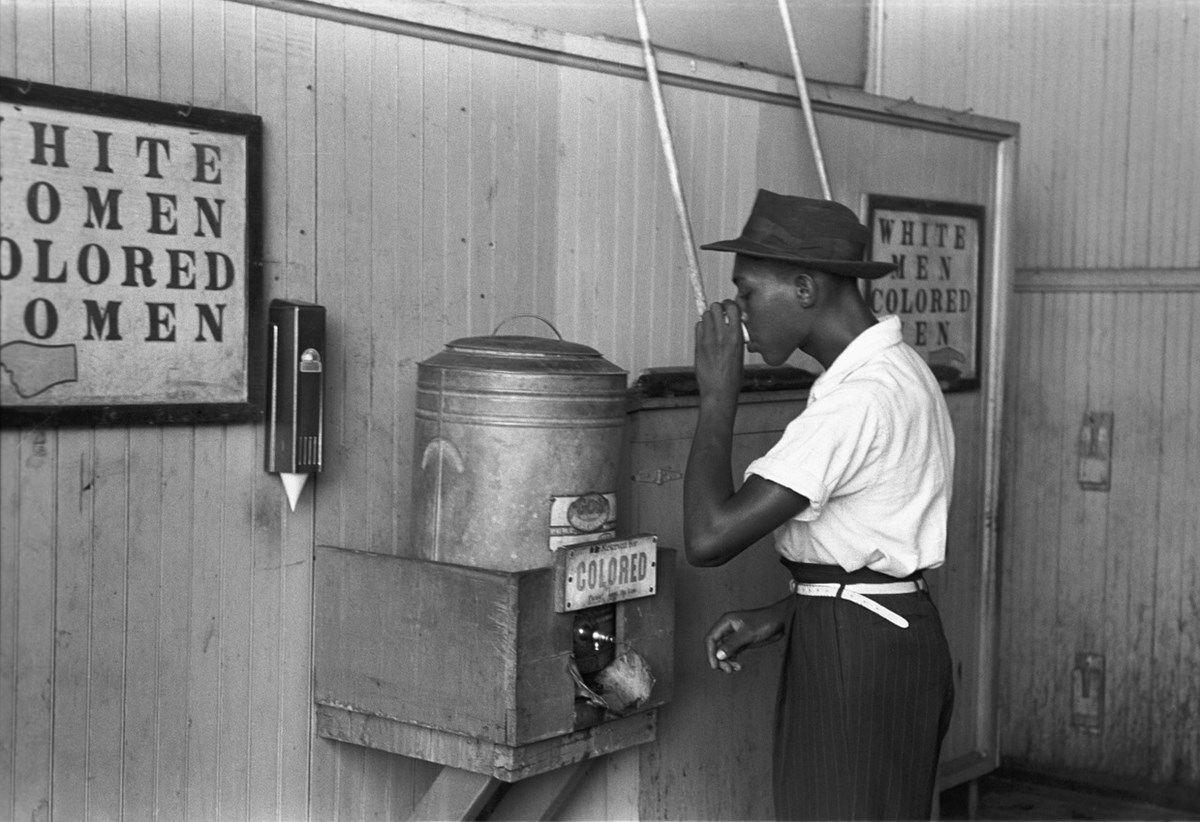After 125 years in business, Sears has filed for bankruptcy and may soon be closing its doors forever. This has elicited strong emotions, as Sears has been an integral part of America’s commercial history. But just like Blockbuster and Toys R Us, it’s time for Sears to embrace creative destruction and pave the way for newer and better services.
Sears will not soon be forgotten. But as we eulogize this beacon of American capitalism, we should also celebrate one of its lesser-known achievements: using markets to combat Jim Crow laws.
After the War
Since the late 1800s, Sears has made a name for itself as a staple of the middle class. For the first time, a new class of people was able to enjoy modern household appliances and furniture at an affordable price. And even better, these goods were shipped right to their door. While it is widely recognized that the Sears catalog made the middle-class American dream more accessible to a wider range of people, there is one piece of history that is often overlooked.
At the end of the 19th century, the South had been completely devastated, not only by the Civil War but also by the Reconstruction policies put into place thereafter. As is their specialty, the federal government’s meddling in the aftermath of the war had left the South more divided than ever. Slavery may have been abolished, but the era of Jim Crow ushered in widespread segregation, creating a vast divide between black and white Americans.
History tells us of the brutality and overt racism that spread through the “separate but equal” South at this time. Lynchings, beatings, and other atrocities terrorized the black population, leaving many scared to leave their homes to do simple tasks such as buying groceries or walking alone in unwelcoming neighborhoods.
As the Washington Post reports:
“Before the advent of the mail-order catalogue, rural black Southerners typically only had the option of shopping at white-owned general stores — often run by the owner of the same farm where they worked as sharecroppers. Those store owners frequently determined what African Americans could buy by limiting how much credit they would extend.”
In many instances, store owners would refuse to sell items to their black customers until they were sure that the white consumers had completed their shopping. And often, black customers only had access to lower-quality items. In historian Grace Elizabeth Hale’s essay, "Jumpin’ Jim Crow: Southern Politics from Civil War to Civil Rights,” she writes:
“A black man who needed clothing received a shirt ‘good enough for a darky to wear’ while a black family low on provisions could have only the lowest grade of flour.”
The Southern market was desperate for alternatives to their discriminatory local general stores, and luckily, the Sears Roebuck catalog filled that void.
The Southern market was desperate for alternatives to their discriminatory local general stores, and luckily, the Sears Roebuck catalog filled that void.
In those days, mail order catalogs were as revolutionary as Amazon Prime’s two-day shipping is today. And not only did Sears provide all the basic household necessities, but it also provided an alternative for black consumers who feared being mistreated in public— a rather radical notion in the era of Jim Crow.
Capitalism: The Great Equalizer
Prior to 1893, rural households could not receive mail directly at their homes. Instead, farm families were forced to travel long distances to pick up their mail from the post office. This obviously presented a problem for many black families, as going to these central locations came with the potential for humiliation and danger. Of course, this may not have been such a huge problem had the federal government allowed for competition over the post. But since the US Postal Service had a monopoly over the transportation of the mail, there was little that could be done to remedy this problem without the federal government enacting a law.
After Congress passed the Rural Free Delivery Act, this all changed. The Chicago-based company was finally able to send Sears catalogs to the homes of rural southerners with ease. And this made all the difference in the world.
As Louis Hyman, an associate professor of history at Cornell University tweeted last week, “In my history of consumption class, I teach about #Sears, but what most people don't know is just how radical the catalogue was in the era of #Jim Crow.”
Sears had a policy that it would accept any order it received, regardless of the format. This meant that customers were not strictly limited to the use of an official order slip. And since many black southerners could not read or write at the time, this was especially helpful. So long as you could scribble on a piece of scrap paper that you needed a pair of overalls in size large, and paid the required amount, Sears would send you what you needed. The Bitter Southerner commented on this policy, saying, “...even if it was written in broken English or nearly illegible, the overalls would be shipped.”
Since ordering through the post offered consumers anonymity, Sears had almost no idea which of its customers were black and which were white, ensuring that each customer was treated equally.
Since ordering through the post offered consumers anonymity, Sears had almost no idea which of its customers were black and which were white, ensuring that each customer was treated equally. So long as you had the money to pay for an item, the item would be shipped to you. But this helped with more than just clothing and household goods.
Few people remember that Sears used to sell actual homes, as well. After sending the materials via mail, the buyers would then assemble these homes on their own. And for black families looking to own homes in the segregated South, this helped bypass the scrutiny of those who refused to sell or build homes for anyone who wasn’t white.
The Threat of Competition
Even though many Southern store owners treated their black customers appallingly during this time, they still relied on their business to provide for their own livelihoods. And with more consumers now choosing to buy their items from Sears instead, the store owners were livid. But rather than change their behavior and attempt to compete with Sears, they took a different approach.
Rumors began circulating, claiming that both Sears and its new competitor, Montgomery Ward, were owned by black men. This was a blatant attempt to dissuade consumers from ordering from the catalog. Eventually, the outrage got so out of hand that business owners began hosting “book burnings” of the catalogs each weekend. They even went so far as to offer $50 to the person who brought the most catalogs to these bonfires—no small sum in the early 1900s.
The situation quickly escalated. According to the Washington Post, "In response, Sears published photos of its founders to prove that they were white, while Ward offered a $100 reward in exchange for the name of the person who had started a rumor that he had mixed black and white ancestry.”
Not only was Sears providing options to those who wanted to avoid racist store owners, it was also making a direct hit at racism by creating competition. If smalltown shops wanted to continue to practice blatant racism, consumers who disagreed with this now had better options.
Both black and white consumers were allowed to shop together, further helping to break down the barriers that stood so strongly during this time.
To be completely fair to history, Sears did still capitulate to some aspects of Jim Crow after it opened a department store in Atlanta, Georgia. In this store, black employees were limited to janitorial, warehouse, or food service positions. However, unlike most stores in the South, Sears did not segregate its shoppers. Both black and white consumers were allowed to shop together, further helping to break down the barriers that stood so strongly during this time.
So as we bid adieu to Sears, let us not forget the role the company played in combating Jim Crow laws during such a tumultuous time in our country’s history. By offering dignity and a certain degree of normalcy to black Southerners, the company helped rebuild the South into a more tolerant and accepting society.

